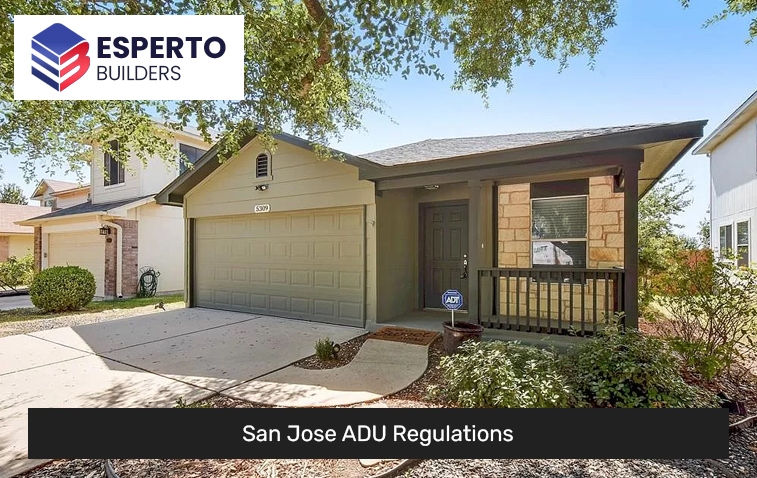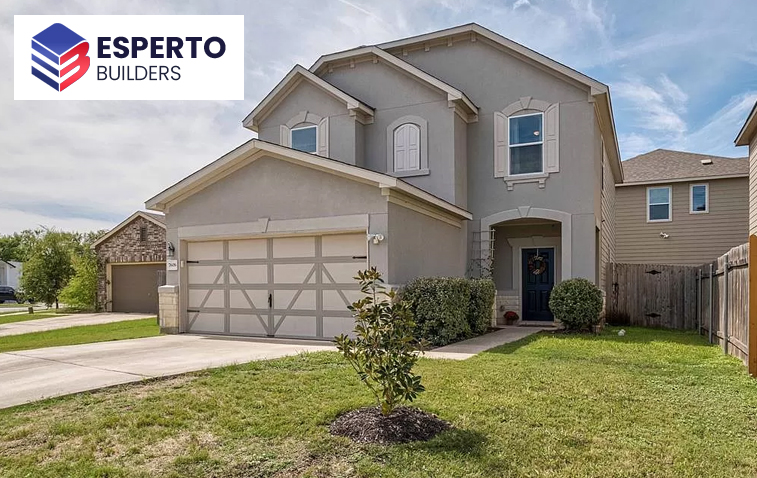When constructing an ADU in San Jose there are things you should keep in mind such as maximizing space efficiency, understanding regulations, finding an experienced builder, and obtaining permits. Stay informed about challenges and budget wisely. ADUs are vital for affordable, sustainable housing in San Jose. Stay updated on emerging trends for better results.
When building an Accessory Dwelling Unit (ADU) in San Jose, understanding city regulations is crucial. These rules cover size, height, parking, and design standards. Navigating these regulations can be tricky, leading to delays and extra costs. Let’s explore the key elements every homeowner should know.

Zoning laws play a significant role in the construction and use of ADUs in San Jose. These laws dictate where an ADU can be built, the size and height limitations, and other specific regulations that must be followed.
It’s essential to consult with the San Jose Municipal City to determine the specific zoning, as they have recently updated its ADU regulations to allow for more flexibility and easier permitting processes.
By familiarizing yourself with San Jose ADU regulations and working with a knowledgeable builder like Esperto Builders, you can ensure a smooth and successful ADU project. Contact us today for more information and to schedule a free consultation.
In San Jose, ADUs are subject to size limitations, with a maximum of 1,200 square feet or 50% of the primary dwelling unit, whichever is smaller. They must also adhere to zoning and building codes, including height and setback requirements.
For example, ADUs must be at least 5 feet from the side and rear property lines, and the maximum height is 17 feet. It’s important to check at San Jose Department of Planning, Building, and Code Enforcement for specific information on the property’s zoning district.
The lot size requirements for an ADU in San Jose are based on the zoning district and lot width. The general rule is that the lot must be large enough to support both a primary residence and an ADU.
Parking regulations for ADUs in San Jose vary depending on the zoning district and whether the ADU is attached or detached. Generally, a parking space must be provided for each ADU unit in addition to any required for the primary residence.
However, there are exceptions to these regulations for certain scenarios, such as when the property is located in a transit-rich area or within 1/2 mile of a major transit stop.

Before submitting your permit application, ensure you meet requirements including zoning verification and a pre-screening checklist from the PBCE. They may request additional info on your San Jose ADU construction.
ADU permit fees in San Jose are determined by project size and value. Costs typically range from $2,000 to $5,000, with additional expenses like sewer connection or school impact fees.
Obtaining permits for an ADU in San Jose can take varying amounts of time, depending on project complexity and any review process issues. Generally, expect the timeframe to be 3-6 months.
It’s important to plan accordingly and have a realistic timeline in mind when considering building an ADU in San Jose. Working with an experienced builder like Esperto Builders can help streamline the process and ensure all necessary permits are obtained promptly.
As with any regulations, San Jose’s ADU zoning laws are subject to change. It’s essential to stay informed about any updates or amendments that may affect your ADU project. Working with a builder who is knowledgeable about these changes can save you time and hassle in the long run.
With size limitations and building restrictions in place, it’s important to make the most of every square foot.
One way to maximize space efficiency is through clever storage solutions, such as:
Esperto Builders is here to make your vision into reality. Schedule a free consultation!
When planning and building an ADU in San Jose, you may face challenges like zoning laws, construction costs, or permit delays. Stay proactive and informed. An experienced builder can navigate local regulations and offer valuable advice. Here are strategies to tackle these issues:
The high cost of living in San Jose has caused a housing crisis, making it challenging for residents to find affordable homes. ADUs offer a more affordable alternative for renters and homeowners, providing extra income opportunities and more rental options for those seeking affordable housing.
Building ADUs can also promote sustainable and inclusive growth by utilizing existing resources, reducing urban sprawl, and providing more diverse housing options in established neighborhoods.
Multigenerational living is on the rise, as families opt to live together for cultural or economic reasons. ADU provides a solution, allowing families to live close while maintaining privacy and independence.
The demand for ADUs is expected to increase as the need for affordable housing grows and regulations continue to evolve. Some emerging trends in the industry include
Prefabricated or modular ADU construction offers a solution, with components built off-site and then transported to the property for assembly. This method can save time and costs while still meeting local building codes and regulations.
Advancements in technology and design have made it possible to create smaller, more efficient living spaces. ADU designs incorporating these innovations can maximize space and enhance the overall functionality of the unit.
Incorporating eco-friendly features in ADU construction not only reduces the impact on the environment but also attracts environmentally-conscious tenants and potentially saves on utility costs.
As San Jose continues to face housing challenges, ADUs offer a viable solution for both homeowners and renters. With the right knowledge, resources, and team of experts, building an ADU in San Jose can be a smooth and rewarding experience. Let’s build your perfect ADU together!
It is standard practice to convert an existing structure, such as a garage, basement, or outbuilding, into an ADU. Compliance with construction codes, safety standards, and zoning rules may be among these requirements.
Some governments may impose occupancy limitations on ADUs, limiting the number of persons who can dwell in the unit. These limits are in place to guarantee that safety and zoning rules are followed.
ADUs have various advantages, including the ability to accommodate extended family members, generate rental income, and increase property value. By utilizing existing infrastructure, ADUs can also assist address housing shortages and encourage sustainable growth.
Multiple ADUs on a same property are permitted in different jurisdictions. Some places allow several ADUs, while others limit the number of ADUs authorized. The number of ADUs authorized may be influenced by zoning restrictions, property size, and other variables.